
Analytica House
Oct 17, 20226 Reasons to Buy Media in November - AnalyticaHouse
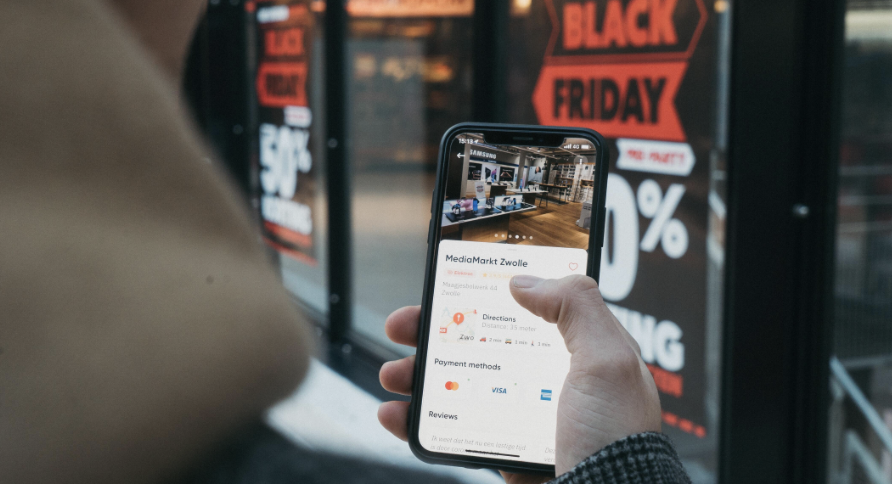
Everyone knows that the November sales events, which even consumers who have never shopped online know well, hold special importance for both e-commerce brands and consumers. The Black Friday phenomenon, which began years ago in the U.S. and quickly took hold in our country as well, has extended beyond its original date (the last Friday of November). Seeing the potential of this period, brands with "bright" ideas have spread it before and after that date with various special days (11.11, Cyber Monday, etc.), turning the entire month of November into a month of deals in e-commerce. In just a couple of years, the term “Black Friday” has evolved into “Black November.”
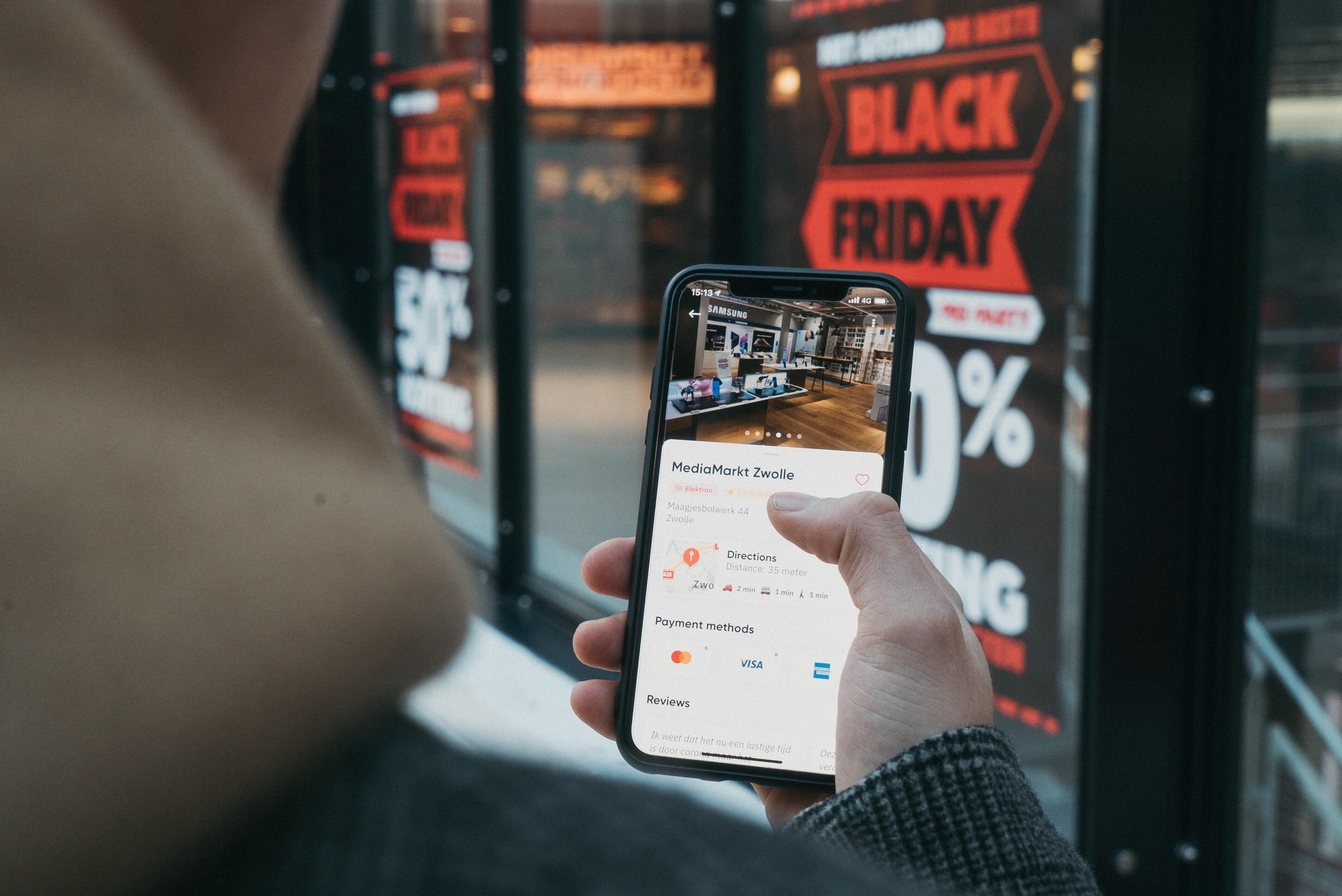
As you know, digital media channels outside the main performance marketing channels (Google, Meta, etc.)—such as Onedio, Ekşi Sözlük, Kızlar Soruyor, Admatic, Medyanet, Sahibinden.com, etc.—do not operate on a retargeting logic, and are therefore usually positioned in the user funnel for new user acquisition.
Considering that new users on e-commerce sites typically make a purchase on their 7th–8th visit, expecting first-time visitors from these channels to complete a purchase in their first session (last click non-direct transaction) is not very realistic.
In this article, we wanted to address the missed opportunities that arise when, looking at digital marketing activities as a whole, we focus too much on concrete metrics like ROAS and their primary inputs (search, retargeting, affiliate campaigns, etc.), while sidelining less directly measurable inputs like brand visibility and awareness.
1. Volume Problems in Performance Advertising
In November, e-commerce brands of every scale are incentivized to run eye-catching promotions. Especially marketplace-based e-commerce brands (Trendyol, Hepsiburada, etc.) increase both their brand and performance marketing budgets to reach more people or drive existing users to shop. During this period, advertising slots on digital media channels see high demand due to the huge budgets of e-commerce giants.
On the other hand, these channels prioritize selling inventory directly to brands that can purchase it outright; any unsold inventory is made available via Real Time Bidding (RTB) to Google and programmatic buying platforms.
Therefore, brands relying solely on Google or programmatic display buys in peak season get stuck with lower-impact inventory. And because demand is high there too, they end up paying higher CPM or CPC to remain competitive in RTB auctions.
2. The Need for Extra Reach and Gain from Share of Voice
As in traditional retail, clearance events in e-commerce make sense only if you bring in new customers. The discount model works by sacrificing margin to drive volume and maximize total profit. Therefore, performance marketers’ top priority must be to reach new users outside their core base during promotional periods.
Thus, opening reach- and new-user–oriented display campaigns on Google, Meta, and other RTB platforms is necessary—but in November, due to the reasons outlined, their impact alone will fall short.
3. Visibility Loss and Ad Blindness in Performance Ads
As noted in point 1, the most visible slots get sold direct, leaving lower-impact RTB inventory. Further, performance campaigns optimize for clicks or conversions, sidelining the creative impact of the banner itself—and thus any awareness benefits.
4. Rising Unit Costs and the Need for Alternative Channels
Some non-performance platforms charge on a CPC basis. While more cost-effective than performance channels in normal times, in November they lose that edge due to high RTB bids. Thus, non-performance platforms become part of a holistic performance plan—Engageya, Medyanet, Ciner, etc., all offer CPC models.
5. Turning Increased Demand and Purchase Motivation into Opportunity
Consumers tend to postpone non-essential purchases until big sale events—and casual browsers are more inclined to buy under the influence of heavy promotion. This “buying mood” benefits both big and small brands alike.
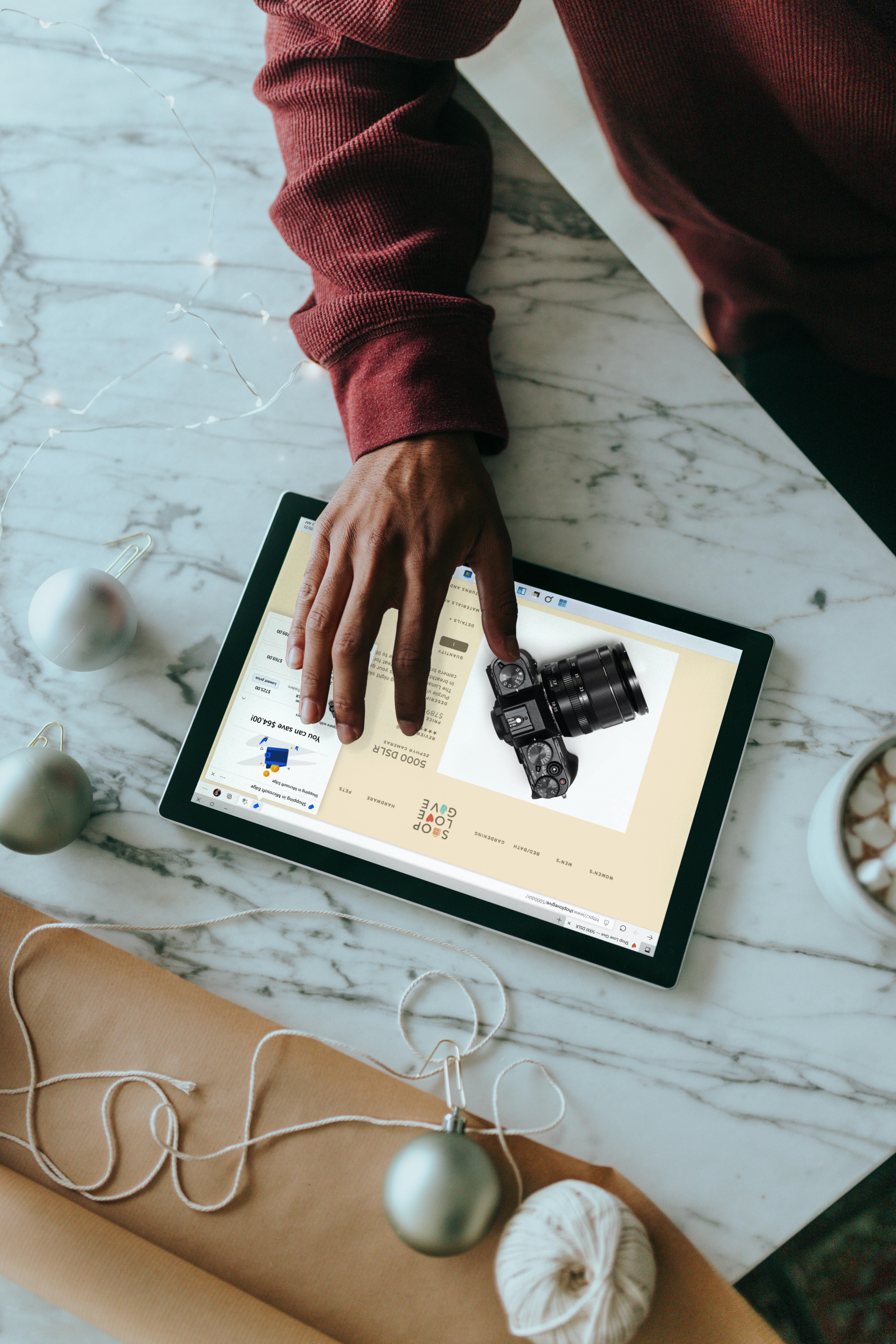
6. Indirect Performance Gains from Higher Brand & Campaign Awareness
Performance ads target users most likely to convert, but brand campaigns raise overall awareness, strengthening later organic and paid performance. Regular media investment boosts search volume on Google, which yields the most valuable and cost-effective traffic for e-commerce.

Google’s RTB rewards ads with higher click-through rates (CTR) by lowering their CPC. By positioning media buys as brand investments in November, brands can boost CTR, reduce CPC, and achieve lasting efficiency gains.
In short, brand marketing and media buying become even more essential and effective in November. We recommend that all digital brands treat marketing holistically—balancing performance metrics with the brand awareness and positioning gains achieved in consumers’ minds.
More resources
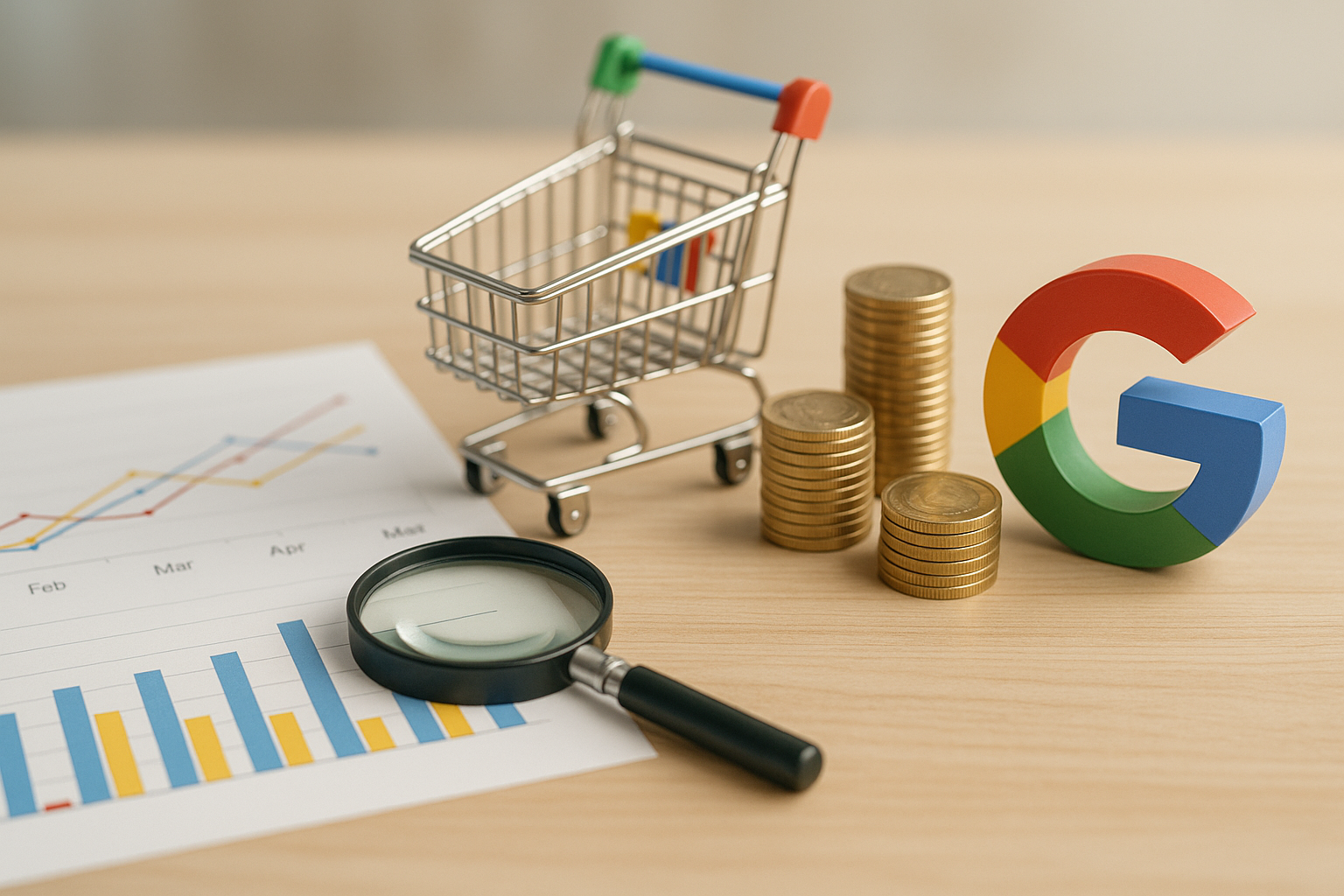
5 Ways to Accurately Measure Sales Impact with Google MMM
Google MMM (Marketing Mix Modeling) is one of the most powerful statistical methods for understandin...
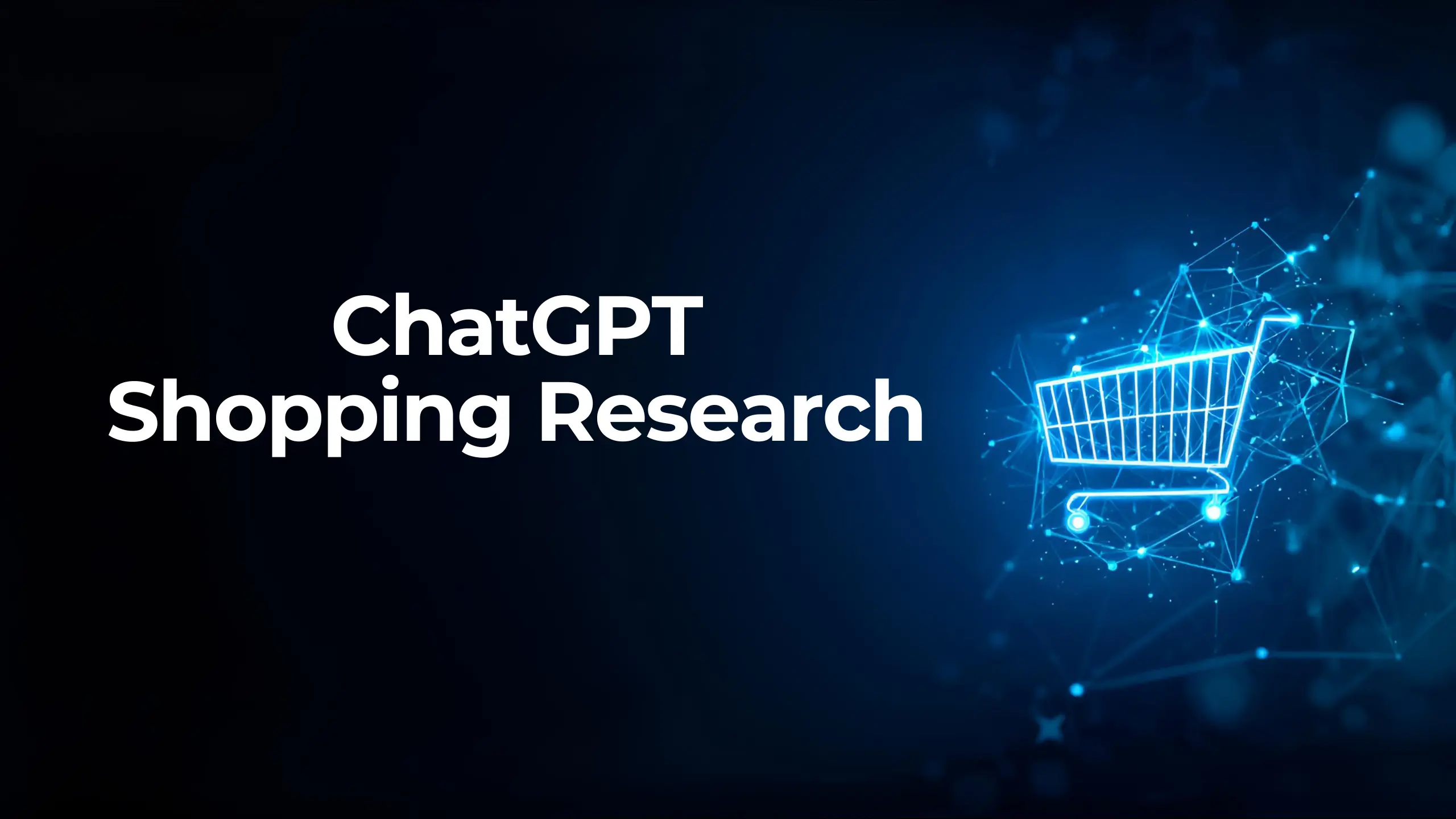
ChatGPT Shopping Research: An AI-Powered Shopping Assistant
ChatGPT Shopping Research is an AI-powered shopping assistant that accelerates users' shopping resea...
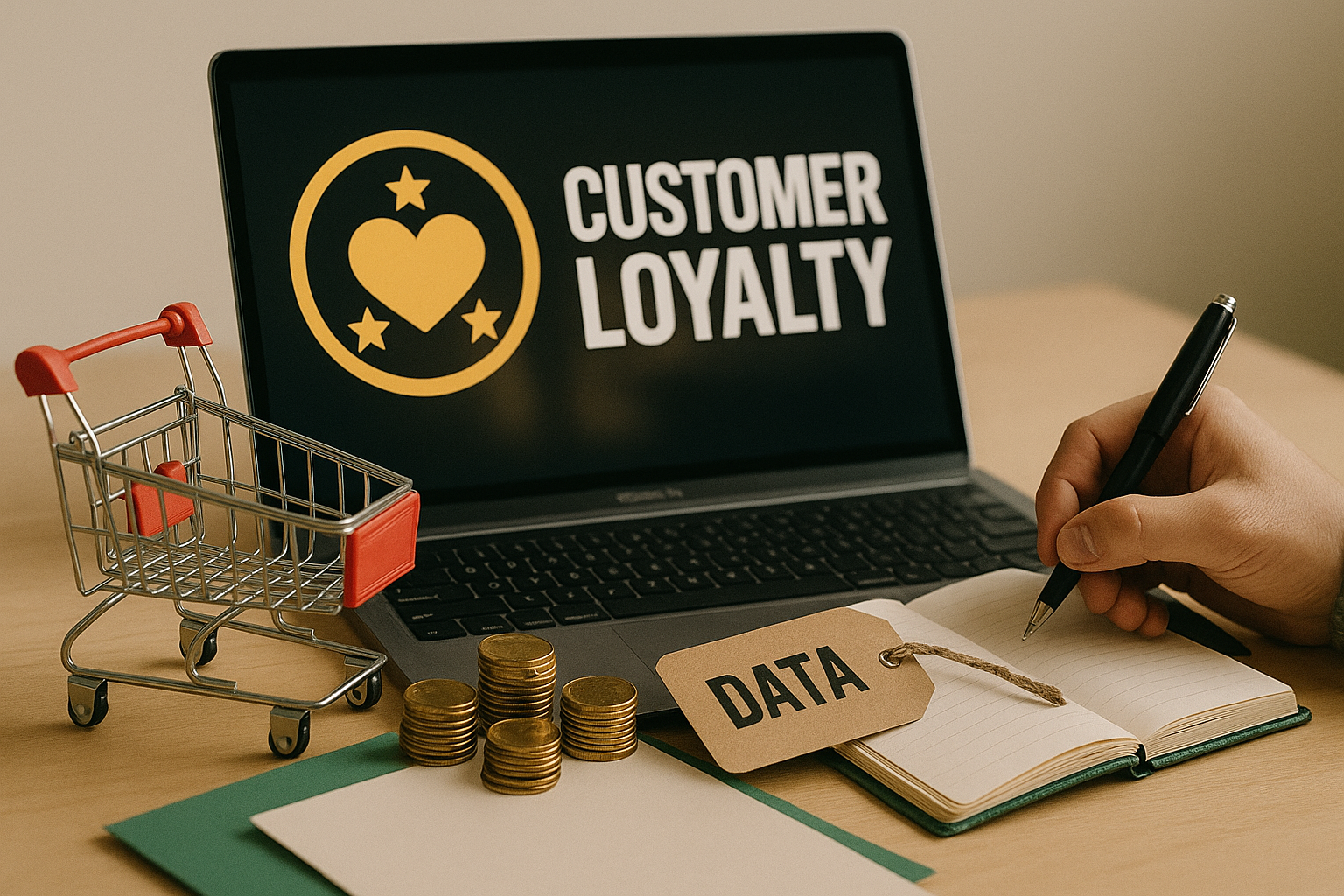
Data-Driven Tactics to Build Customer Loyalty After Black Friday
Customer loyalty is the most valuable outcome of the Black Friday period, as short-term traffic and...

